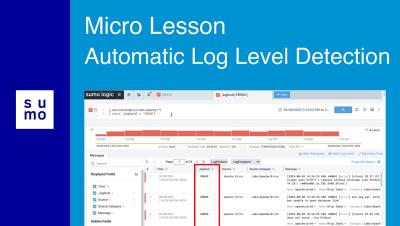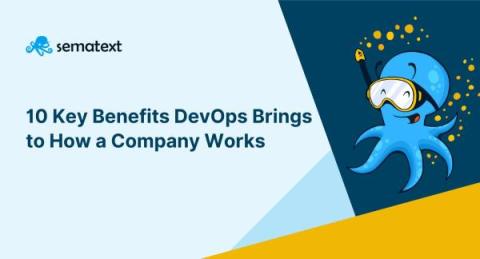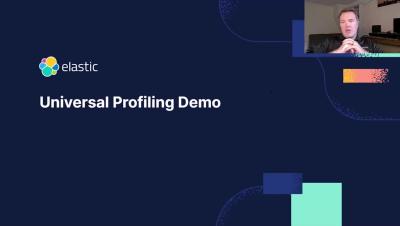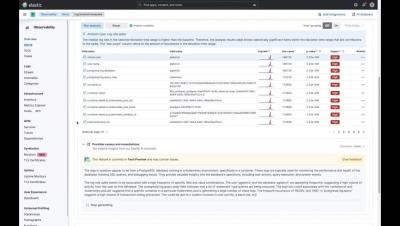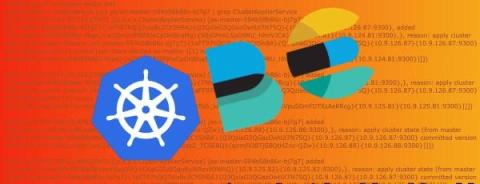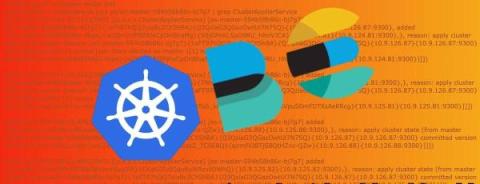Operations | Monitoring | ITSM | DevOps | Cloud
Logging
The latest News and Information on Log Management, Log Analytics and related technologies.
10 Key Benefits of DevOps
DevOps is a practice that combines software development and IT operations to improve the speed, quality, and efficiency of software delivery. By breaking down traditional silos between development and operations teams and promoting a culture of continuous improvement, DevOps helps organizations achieve their goals and remain competitive in today’s fast-paced digital landscape. To better understand how we asked engineers what key DevOps benefits they noticed since working with this approach.
Top 11 Loki alternatives in 2023
Universal Profiling Demo
Elastic AI Assistant for Observability
Best practices for instrumenting OpenTelemetry
OpenTelemetry (OTel) is steadily gaining broad industry adoption. As one of the major Cloud Native Computing Foundation (CNCF) projects, with as many commits as Kubernetes, it is gaining support from major ISVs and cloud providers delivering support for the framework. Many global companies from finance, insurance, tech, and other industries are starting to standardize on OpenTelemetry.
Kubernetes Logging with Filebeat and Elasticsearch Part 1
This is the first post of a 2 part series where we will set up production-grade Kubernetes logging for applications deployed in the cluster and the cluster itself. We will be using Elasticsearch as the logging backend for this. The Elasticsearch setup will be extremely scalable and fault-tolerant.
Kubernetes Logging with Filebeat and Elasticsearch Part 2
In this tutorial, we will learn about configuring Filebeat to run as a DaemonSet in our Kubernetes cluster in order to ship logs to the Elasticsearch backend. We are using Filebeat instead of FluentD or FluentBit because it is an extremely lightweight utility and has a first-class support for Kubernetes. It is best for production-level setups. This blog post is the second in a two-part series. The first post runs through the deployment architecture for the nodes and deploying Kibana and ES-HQ.


